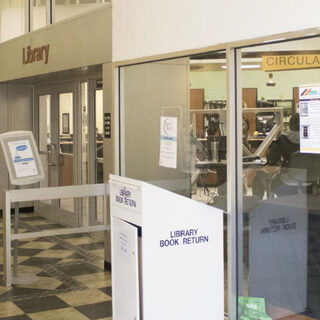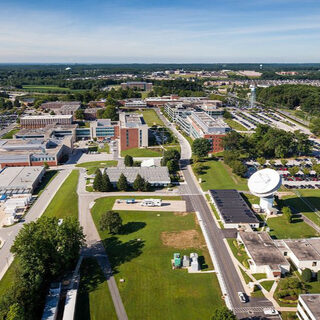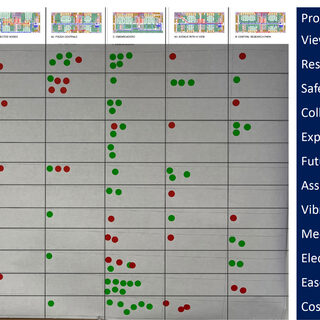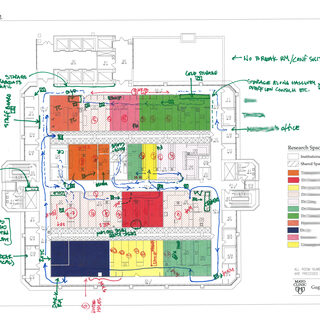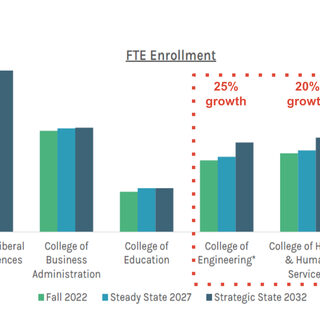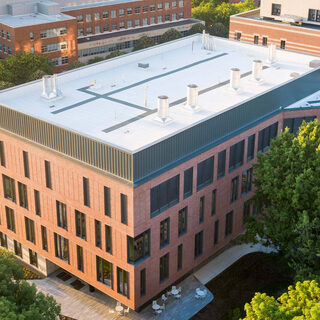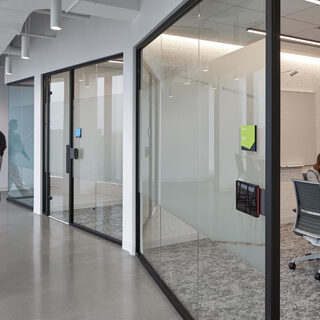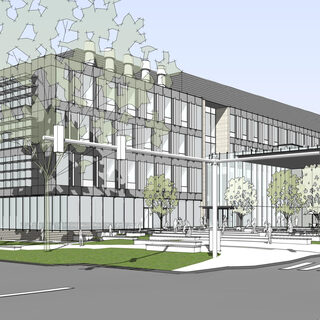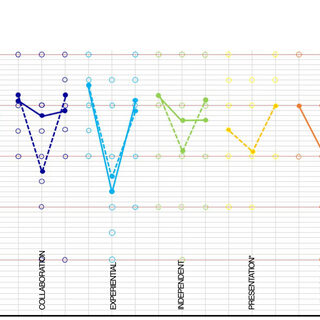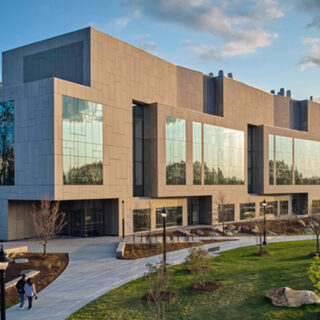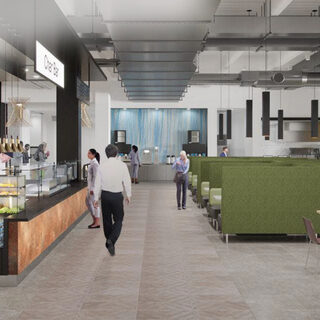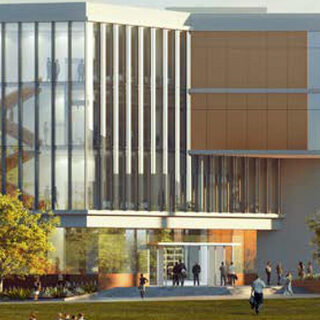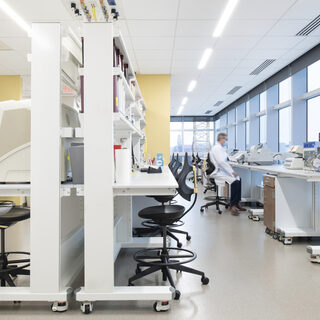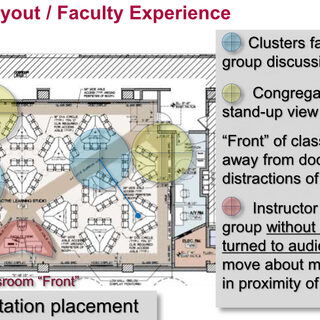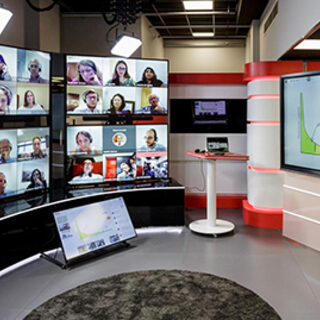New Learning Center at the Community College of Philadelphia Redefines “Library”
The new Library and Learning Center at the Community College of Philadelphia (CCP) has transformed the school’s former library from a quiet place filled primarily with stacks of books into a welcoming and dynamic environment focused on providing students access to the resources needed to succeed academically. In addition to the library, the renovated facility includes the learning lab, which brings together tutoring support previously housed in three different locations, a student academic computing center, nine group study rooms, two academic classrooms, and a One-Button studio for video production. The number of computers available for student use throughout the entire facility has increased from 30 to 300, an important advantage for the many CCP students who do not own personal computers.

